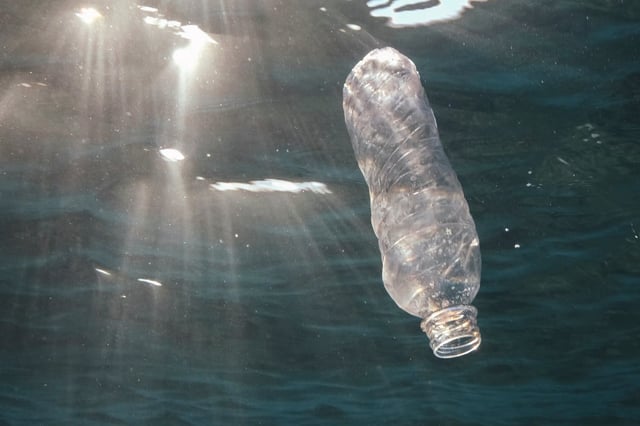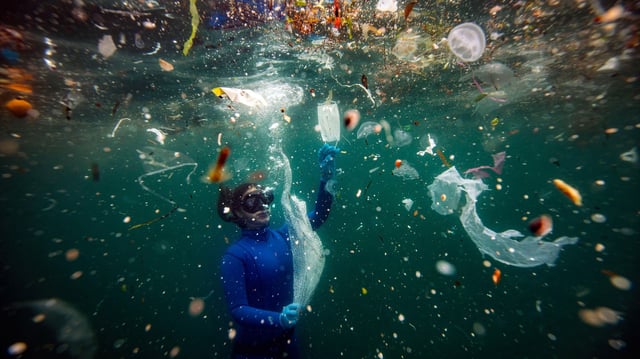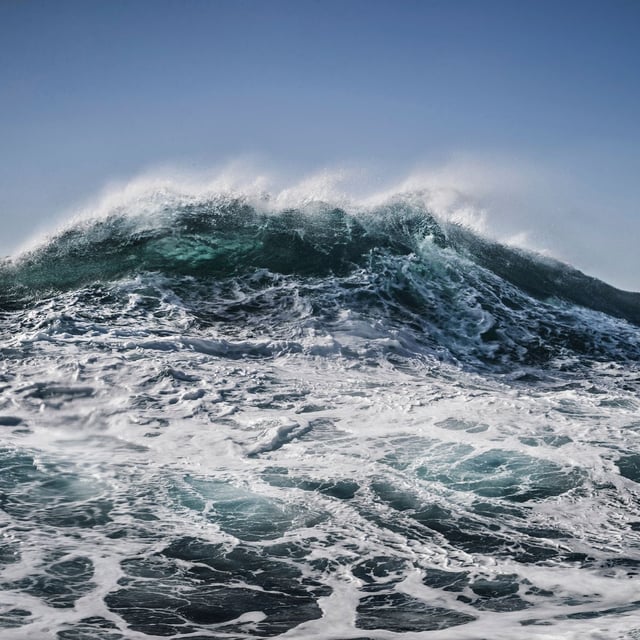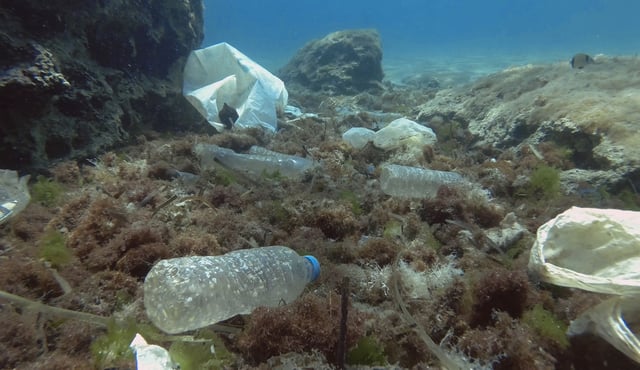Overview
- Researchers collected water samples at twelve sites and multiple depths from the European continental shelf to the subtropical gyre and detected nanoplastics at every location.
- Methodological breakthroughs in high-resolution proton transfer reaction mass spectrometry enabled precise identification and quantification of particles smaller than one micrometer.
- Analysis showed that polyethylene terephthalate, polystyrene and polyvinyl chloride dominate the nanoplastic profile while common polymers polyethylene and polypropylene were absent from nanoplastic fractions.
- Extrapolations indicate nanoplastics now constitute the largest component of Atlantic plastic pollution, exceeding estimated micro- and macroplastic masses.
- Germany’s Federal Institute for Risk Assessment reports no conclusive toxicological evidence of human harm from microplastic ingestion, even as experts warn of cellular penetration and urge tighter production limits and further study.



